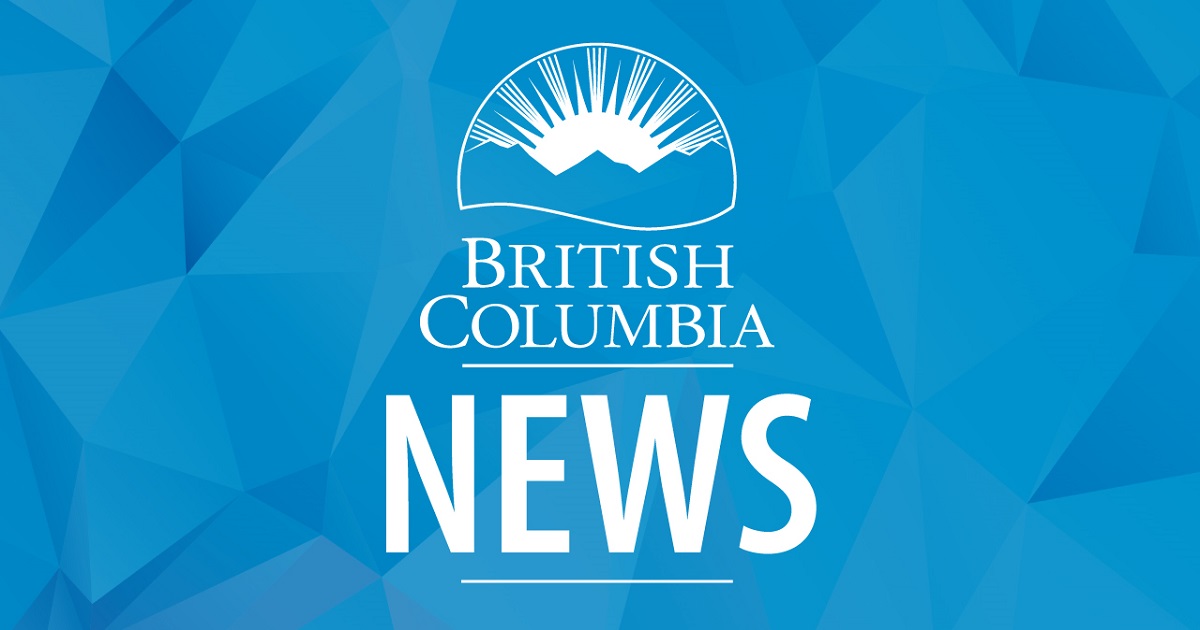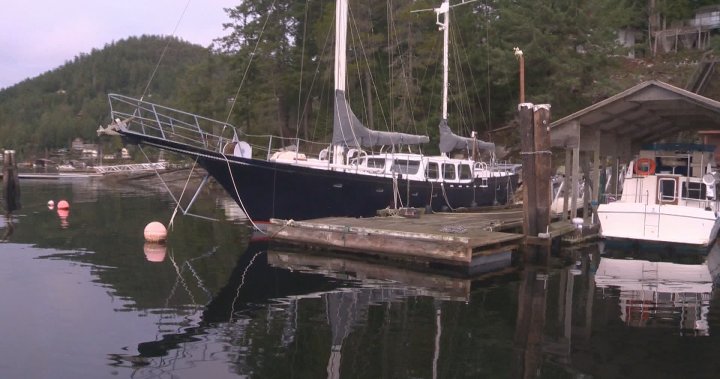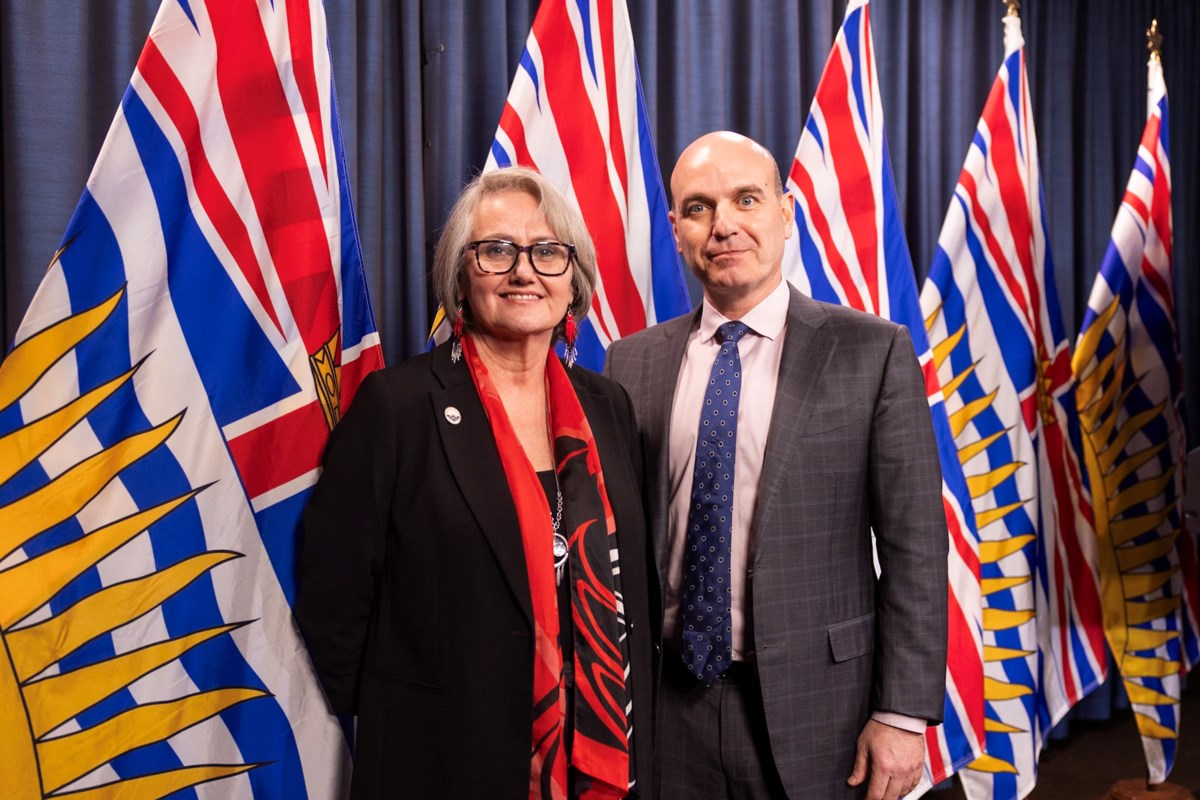In response to the recent press release detailing next steps in the shíshálh swiya Dock Management Plan (DMP), a closer examination by WPC reveals several areas where community feedback and critical concerns appear to not be fully addressed. While the intention to incorporate public feedback into the DMP and forming an advisory committee is commendable and necessary, specific issues raised by the community are not included in the proposed changes and require further detailed discussion to ensure the plan is both equitable and comprehensive.
WPC has been asked to participate in the proposed advisory committee. We are currently reviewing the terms of reference relating to our involvement in this advisory committee and seeking assurances that our involvement will be meaningful, constructive and focused on real solutions.
Several important topics have not been mentioned and the lack of explicit language provides no commitment or assurances that the community's concerns with the DMP will be addressed.
We have compiled the below list, and although not exhaustive, it illustrates many of the key areas where we have some concerns and need the province to address and clarify.
|
Community Concerns |
Press Release Response |
Commentary |
|
1. Comprehensive Grandfathering |
Flexible guidelines for existing structures; renewal as built for tenured docks/boathouses. |
Lack of explicit language provides no commitment to
grandfather of existing structures (tenured,
untenured or expired). Nor does it mention the fate
of the residents whose docks were previously
removed. |
|
2. Simplified Administrative Processes |
Not addressed. |
Absence of detailed plans to streamline the tenure
application process, eliminate annual inspections,
or introduce a clear public approval and appeal
process. |
|
3. Extended Tenure Terms |
Not addressed. |
The press release omits any mention of extending tenure terms to provide stability and security for dock investments. The community is asking for 30 – 75 years. |
|
4. Scientific Basis for Zoning |
Not Addressed. |
There is no mention of revisiting zoning restrictions in red and purple zones or providing any scientific or legal justification for the establishment of the zones. |
|
5. Archaeological Assessments |
Not addressed. |
The responsibility for conducting and funding
archaeological reports is the duty of the
government, not individual applicants. |
|
6. Consistency Across Province |
General mention of decision making consistent with legislation. |
A broad statement without specific commitment to ensuring DMP consistency across different jurisdictions so rules are applied evenly throughout the province. |
|
7. Withdrawal from Section 7 Agreement |
Not addressed. |
The press release does not touch upon concerns residents have that if Land Act Amendments and, Section 7 agreements begin negotiation, this whole exercise will need to start again and or agreements rescinded. |
|
8. Site-Specific Best Management Practices (BMPs) |
General flexibility mentioned; specific one size fits all requirements like light penetration still unchanged. |
While updates suggest more flexibility, there's no clear commitment to site-specific Best Management Practices that are fully supported by unbiased science, and that fully consider local environmental, structural variations and have safety in mind. |
|
9. Total Area |
Docks can have a total area of 30 square meters or a maximum width of 1.5 meters. |
Limiting size won’t allow builders to adhere to
engineering principles which docks are designed in
accordance with, including the number of boats and
site location requirements. Width proposed should be a minimum not maximum for safety. Originally announced in the proposed amendments 1.8, now they have gone backwards to 1.5. Large equipment, and emergency crews, highlight that from a safety perspective a ‘skinny dock’ can pose significant safety risks. |
|
10. Dock Length |
A maximum dock length will be set at the provincial maximum – 60 meters – with a preference for a 50-metre length. |
Dock length should be determined based on the site
and moorage requirements given the quantity and
types of boats. |
|
11. Light Transparency |
New or replacement decking must use products that allow for a minimum 43% light penetration. |
Strict light transparency requirements on floats may
put stability of docks at risk. Scientific
confirmation is needed to substantiate why this
requirement is warranted and more flexible
guidelines need to be enacted. |
|
12. Economic & Environmental Impact Analysis |
Not addressed. |
Absence of commitment to performing unbiased impact
analyses to assess the DMP's implications on
community, economy, and the environment. |
|
13. Recognition of Federal Jurisdiction |
Not addressed. |
The province does not adequately address concerns over riparian rights or the regulatory overreach into federal jurisdiction for floating structures in deep water. |
|
14. Provincial Boathouse Policy |
Not addressed. |
What is the scientific justification to ban privately held boathouses, but allow them for Commercial purposes only? |
|
15. Access to Foreshore for Harvesting in Pender Harbour (Bivalve Shellfish Harvesting) |
Mentioned in the media briefing but not directly in the release. |
One of the original stated reasons for the DMP was to access the foreshore for harvesting Bivalve Shellfish.
Bivalve Shellfish harvesting has been
permanently closed
since 1974 in Pender Harbour due to unsafe
conditions for consumption. Please see the environmental report by M. C. Write and Associates Ltd., commissioned by the government in March 2018 – see page 8 for detailed information. It is unclear how limiting and modifying docks in this area will fix this problem as fecal coliform is listed as the reason for the closure consistently dating back to 1974.
|
|
16. Expansion to all the shíshálh Swiya |
Not Addressed. |
There is confusion as to why the government is saying the DMP was expanded to all the shíshálh swiya in 2021 including the lakes. The DMP released in 2021 was still called the Pender Harbour Dock Plan (here), and the Pender Harbour Project website wasn’t updated until Nov 2023 regarding the expansion with the proposed amendments. |
Conclusion
The press release on proposed amendments to the DMP indicates steps towards addressing public feedback but leaves significant gaps in critical areas highlighted by the community. Although studying freshwater dock applications is a positive step, pausing freshwater applications is unfair to lake owners who have been waiting to put in an application.
The absence of clear commitments and comprehensive language with respect to grandfathering, extended tenure terms to make upgrades financially viable, and a simplified administrative process, among other issues, underscores the need for further dialogue, clarification and a commitment by all stakeholders to structure a DMP that is fair and supports all the key stakeholders. The community is calling for a transparent, scientifically backed, and equitable dock management plan that respects the needs of the Sechelt First Nation, the stewardship of our shared marine environment and the rights of property owners.
The WPC alongside our many Coalition Partners will continue to work collaboratively, with open channels for feedback and detailed attention to these unresolved issues, as it will be crucial in developing a DMP that truly reflects the shared values and needs of the shíshálh swiya.
Media and News




